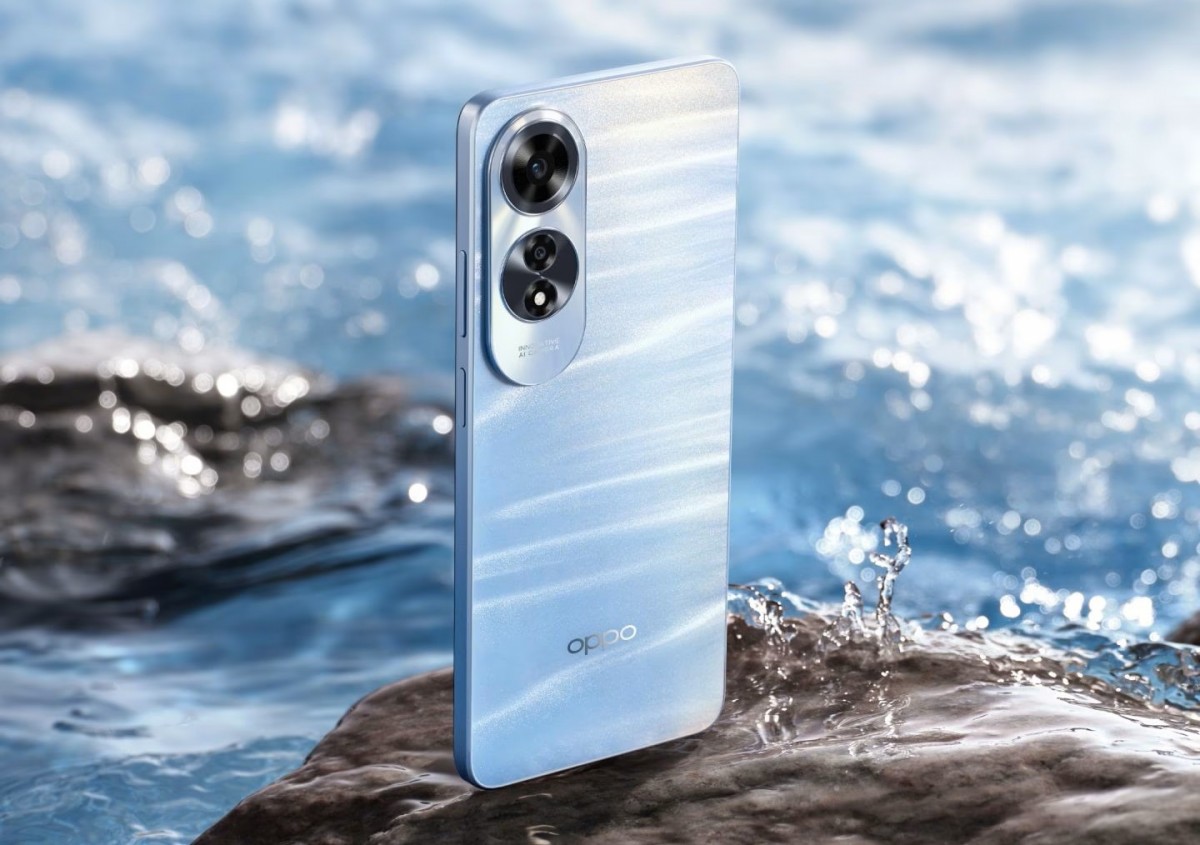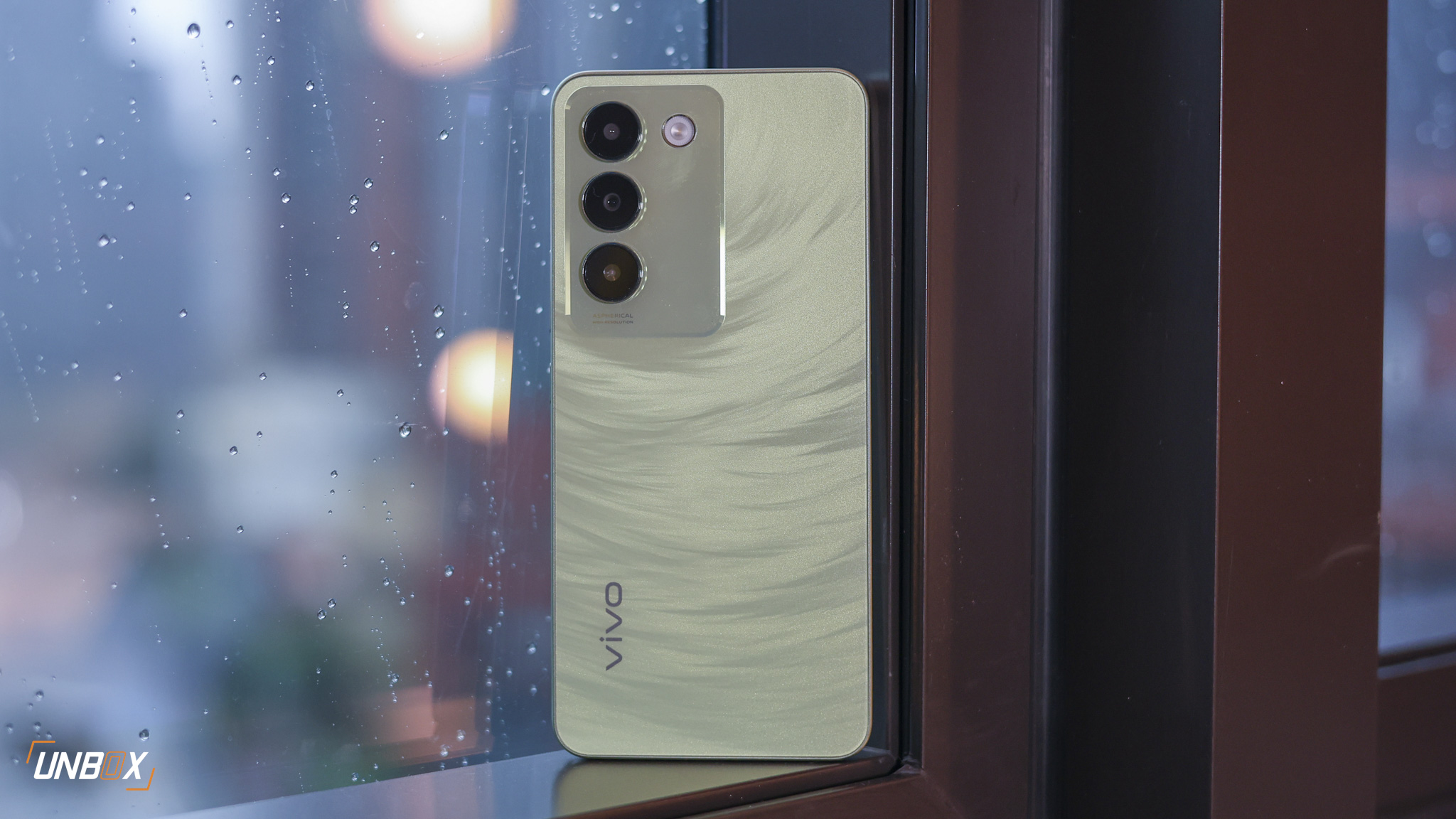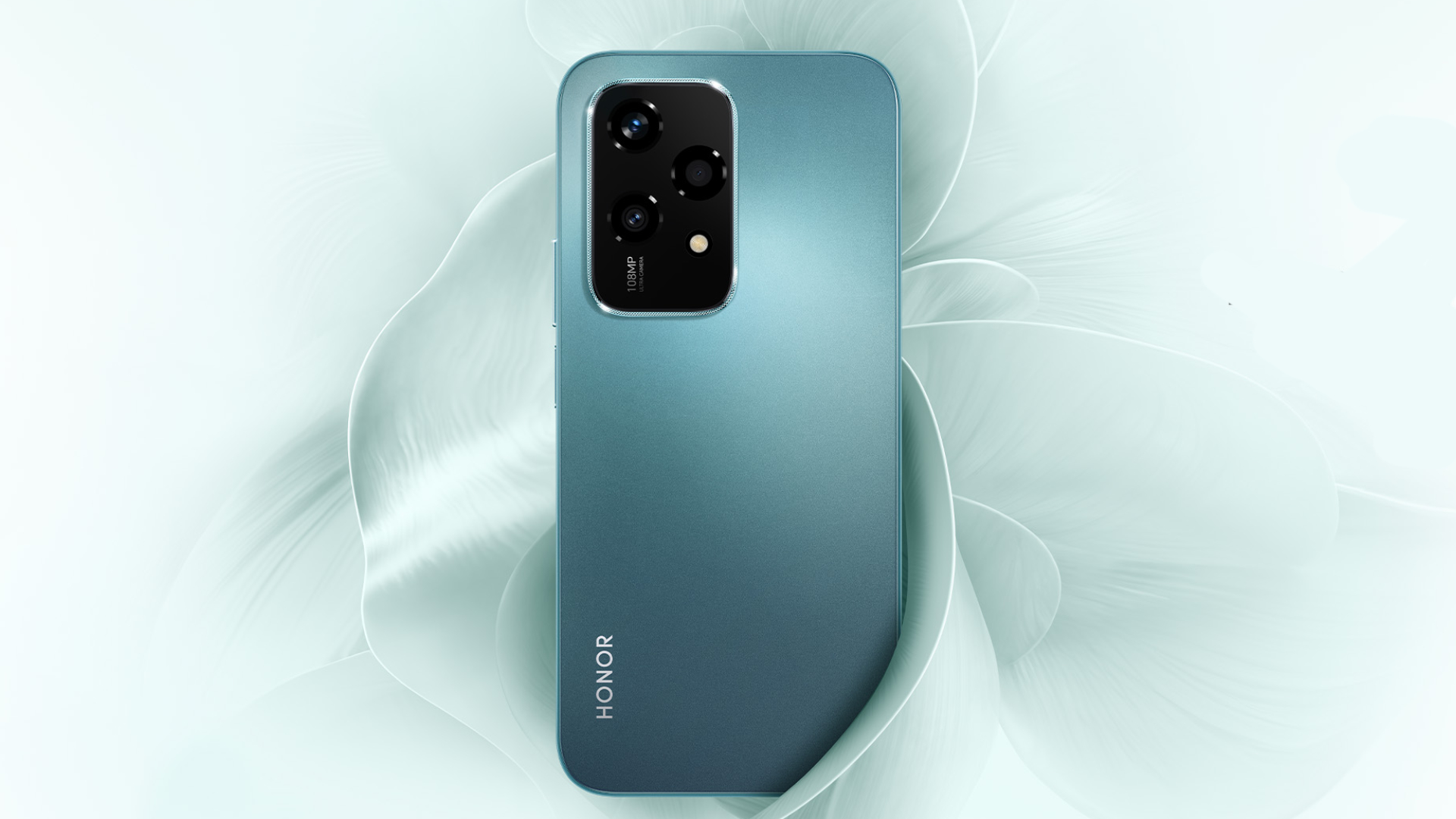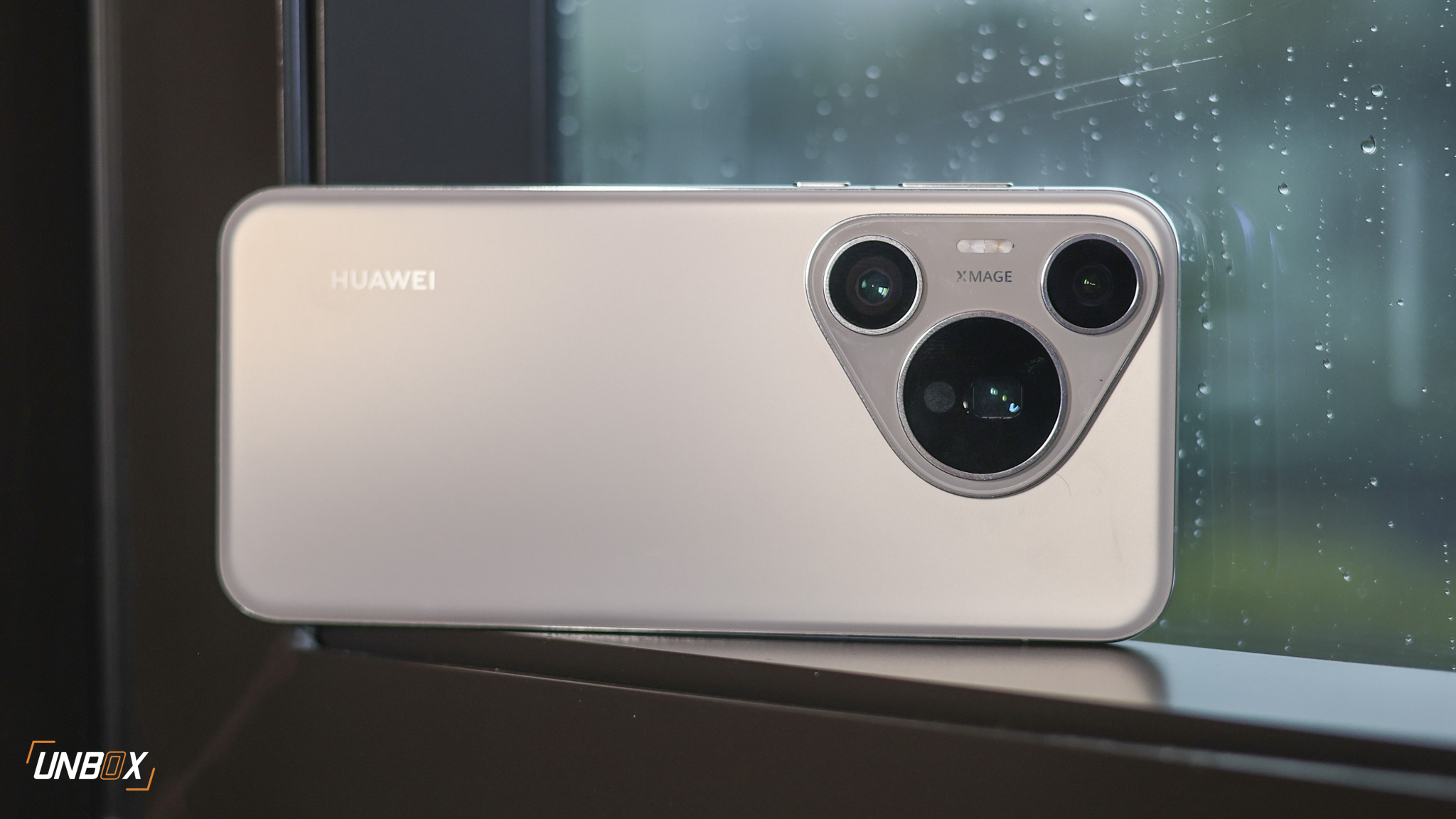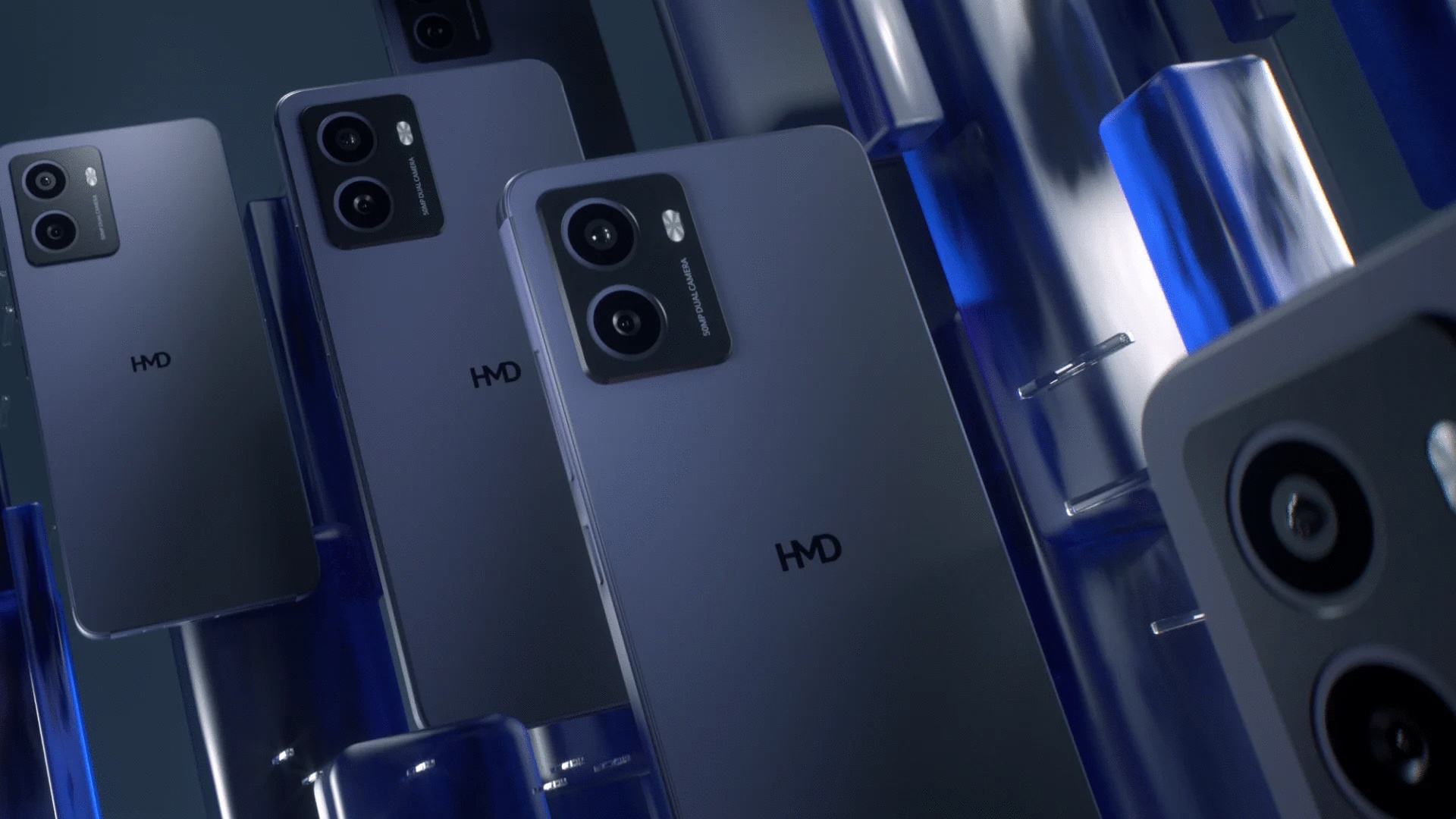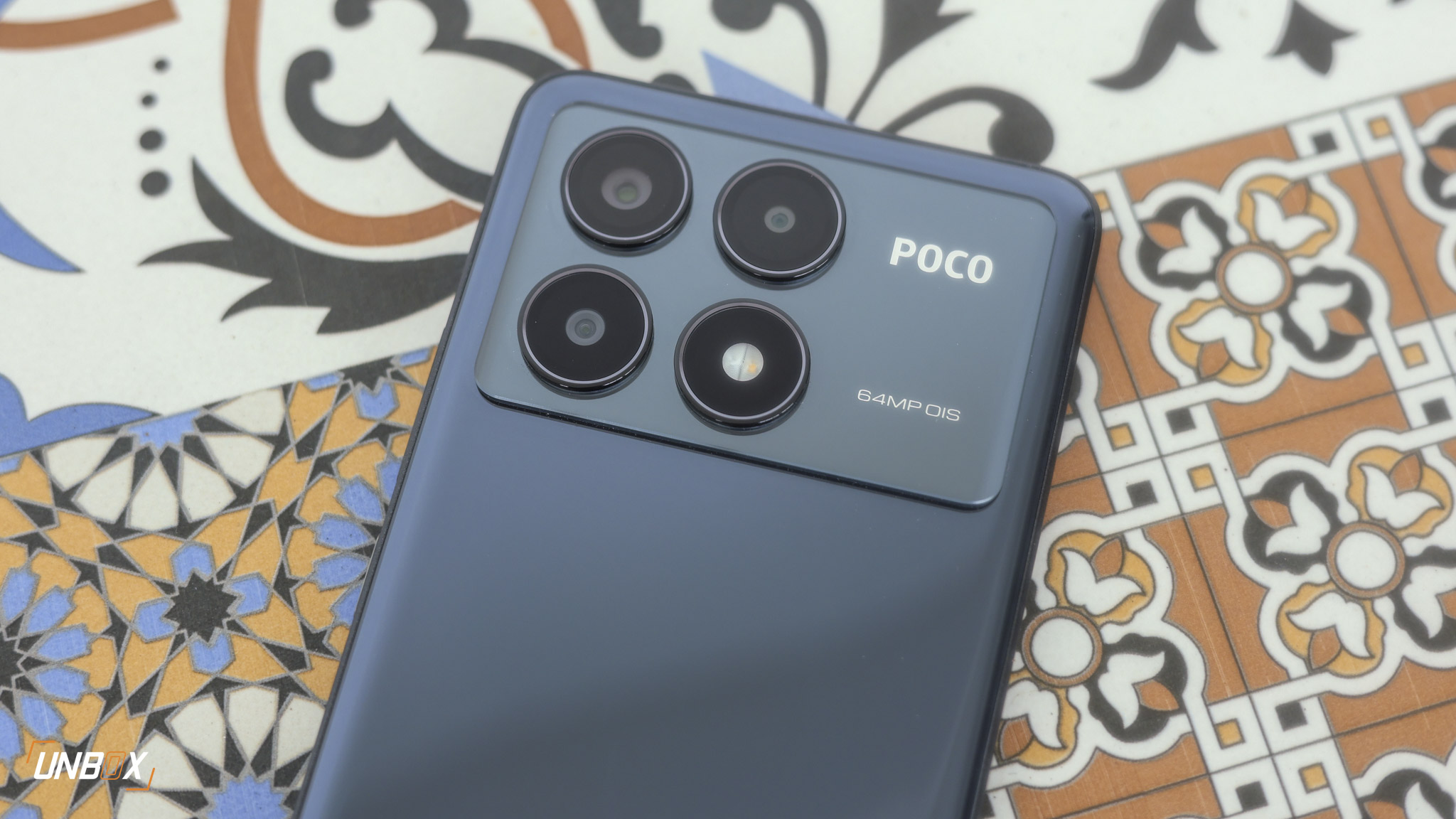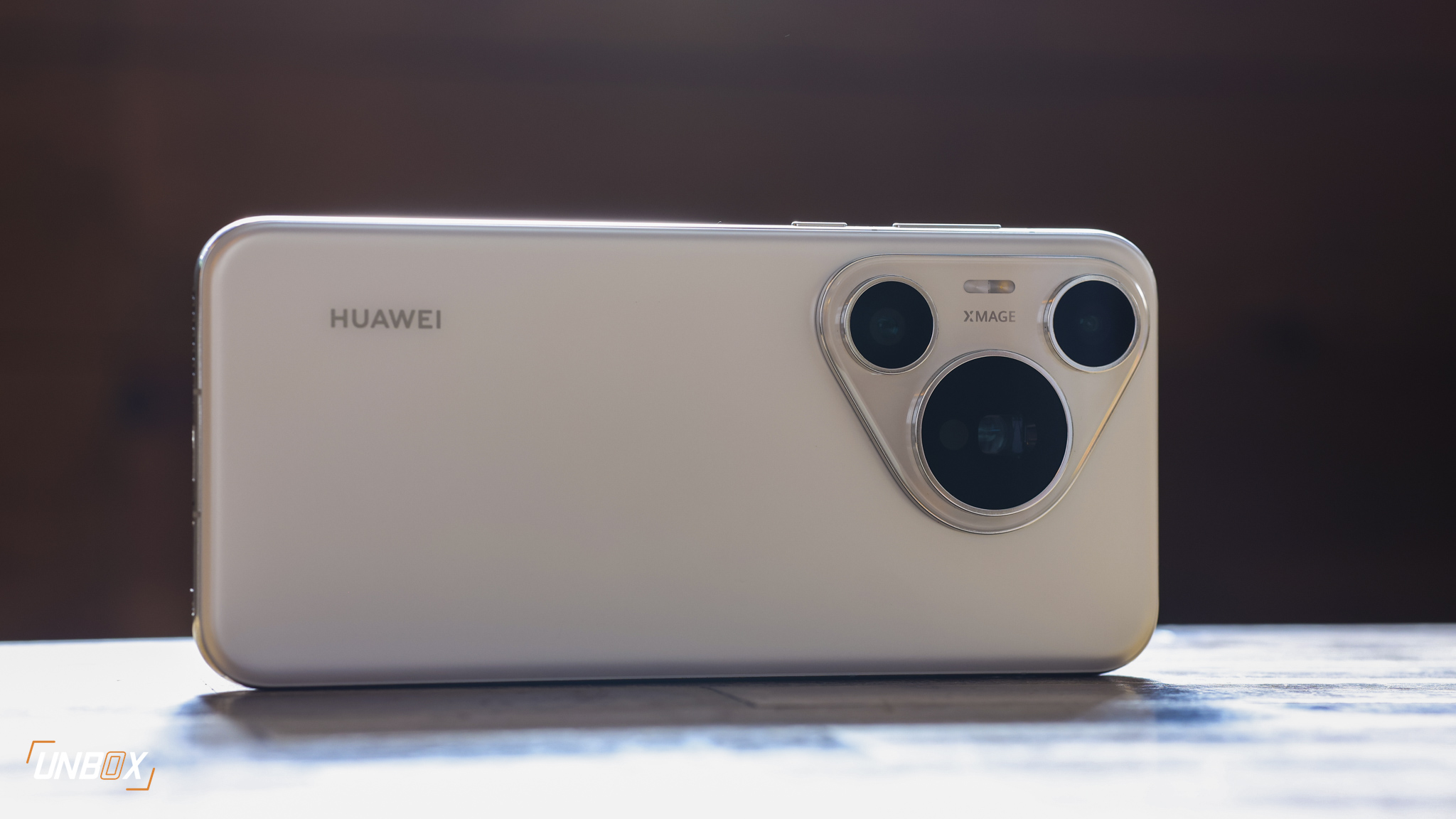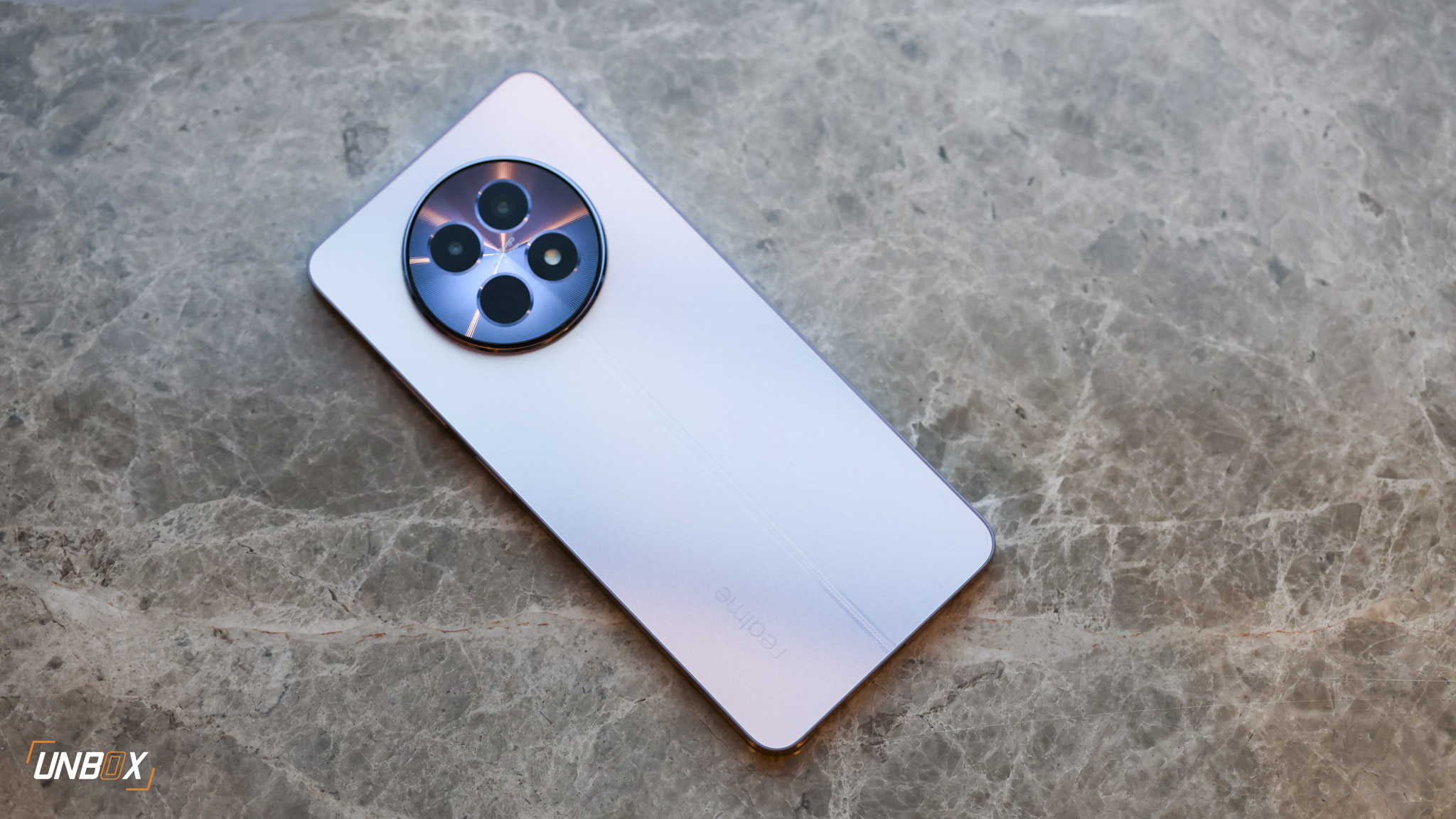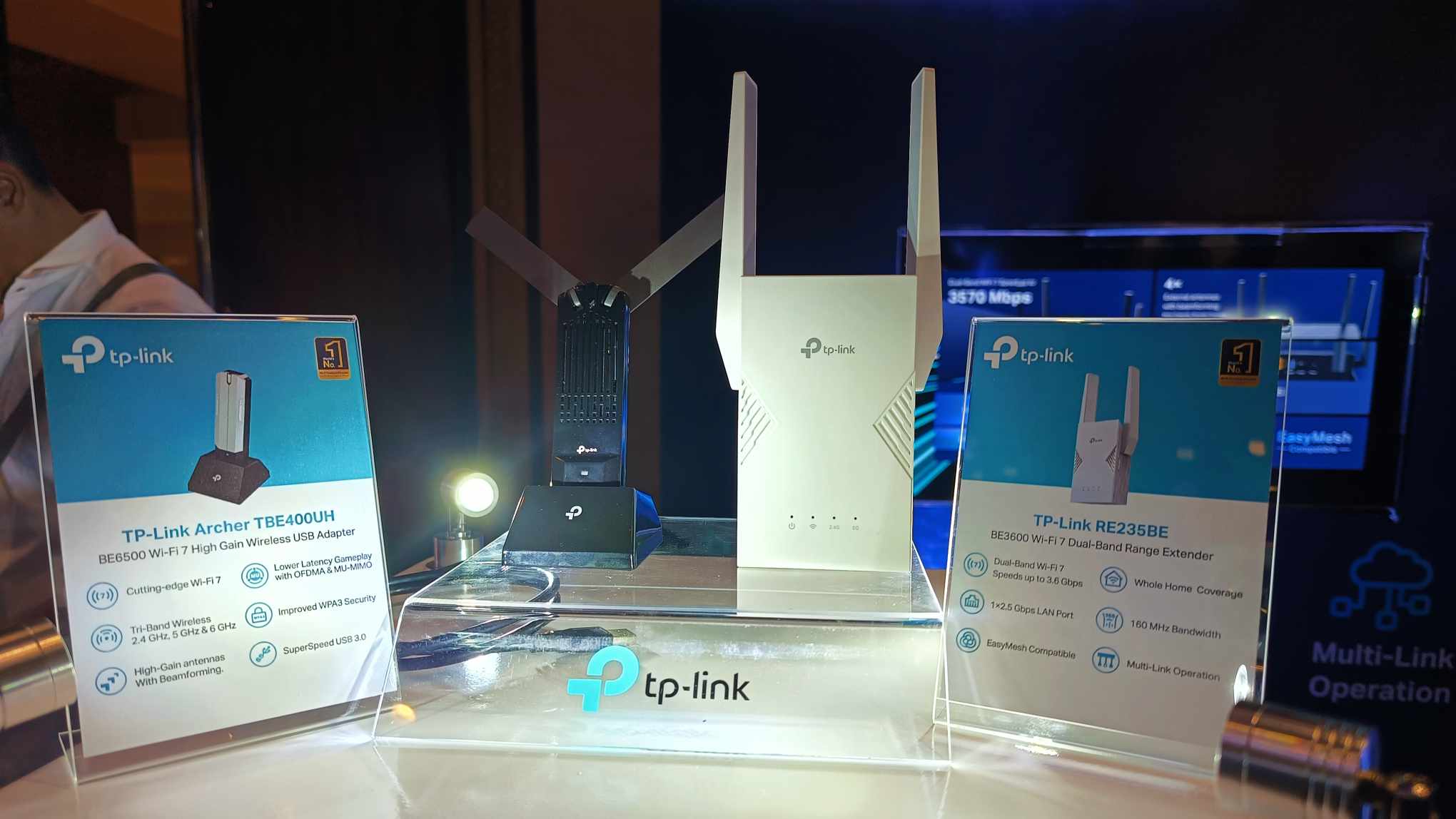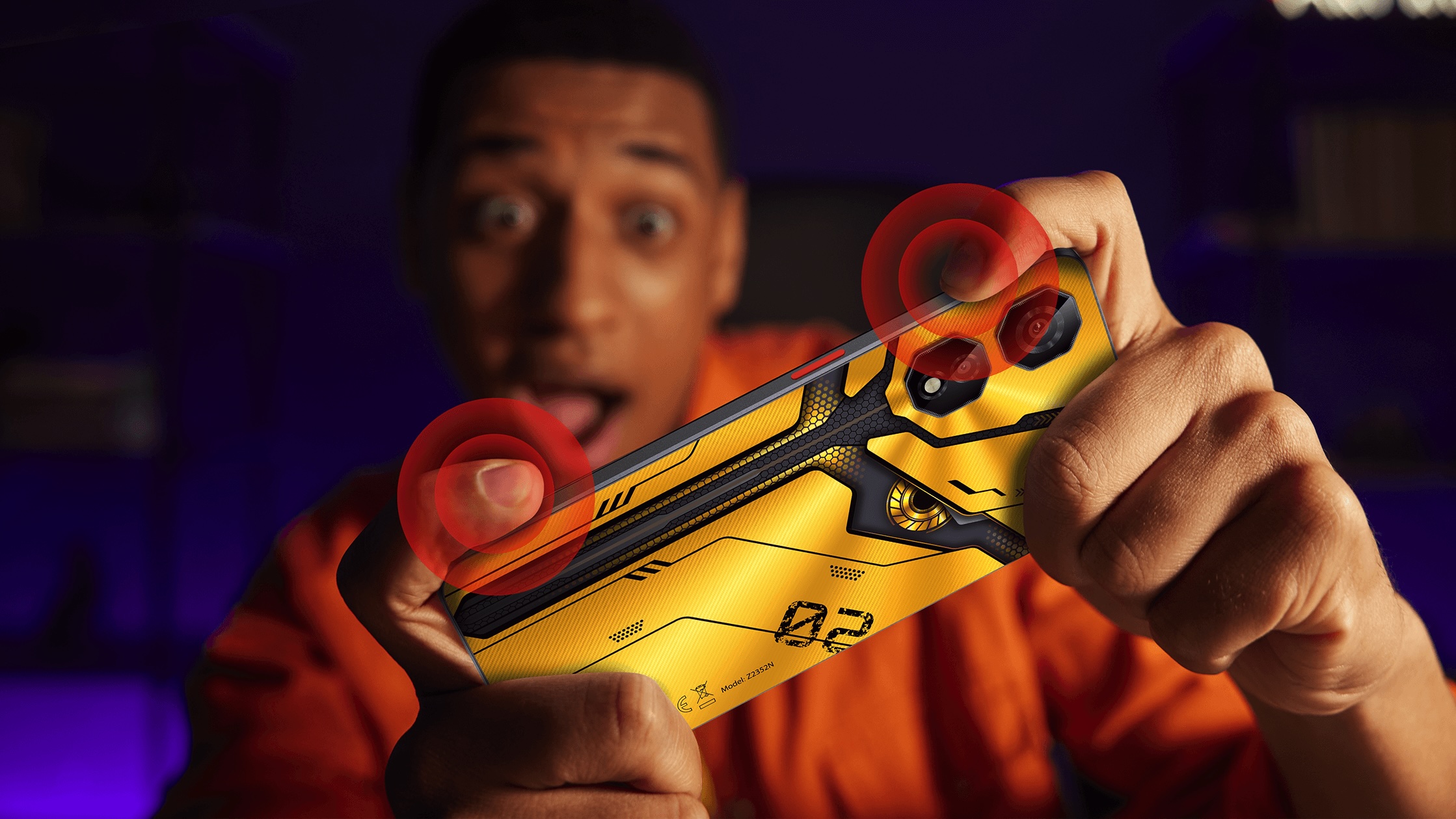Tech brands have used Artificial Intelligence (AI) h as a marketing ploy for the past six years. We have been hearing AI since the days of the Mate 10 Pro, but all of this AI marketing involves “improved” scene recognition when taking photos. The term is getting a resurgence since late 2023 when Google announced the Generative AI features of the Pixel 8 series. For 2024, specifically for this year’s CES, everyone is betting on it again: Intel’s new Core Ultra processors are pushing for AI, while Sony adds AI smarts to its cameras to make them smarter. Adobe also utilizes the power of AI to make Lightroom and the rest of its Creative Cloud apps more powerful, and even the upcoming Galaxy S24 series is brandishing AI as its standout feature.
Compared to how we saw AI several years ago, the idea behind AI has evolved: aside from dedicated AI-focused NPUs found on the latest processors like the Snapdragon 8 Gen 3 and Dimensity 9300, language models like ChatGPT have opened new possibilities with what one can do with Generative AI.
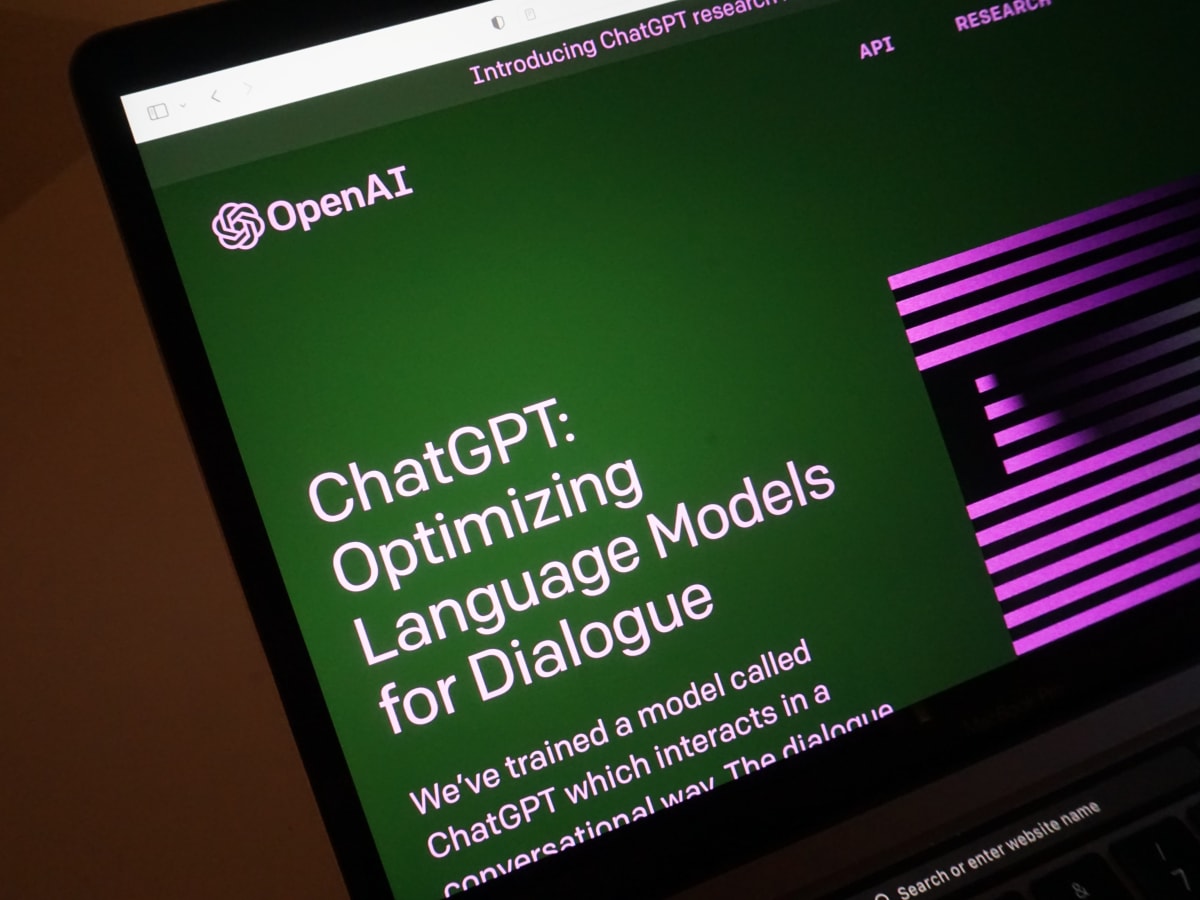
AI researchers collectively agree with how 2023 is essentially the year of ChatGPT. The popular chatbot helped a lot of people with their day-to-day activities by streamlining tasks to help them do more for the day. Tasks like proofreading articles, creating an outline for an itinerary for a vacation, and generating visual pegs have been made easier with ChatGPT in its own application of Generative AI.
ChatGPT’s influence in 2023 also pushed other tech companies to develop their own take with generative AI: Microsoft with Copilot, Google with Gemini (with a version that’s integrated into Pixel 8 phones), and NVIDIA with its Generative AI hardware and suite of software tools to enhance one’s gaming experience. Aside from them, we also expect this year’s CES to have Generative AI as the de facto buzzword for practically every product or tech announcement.
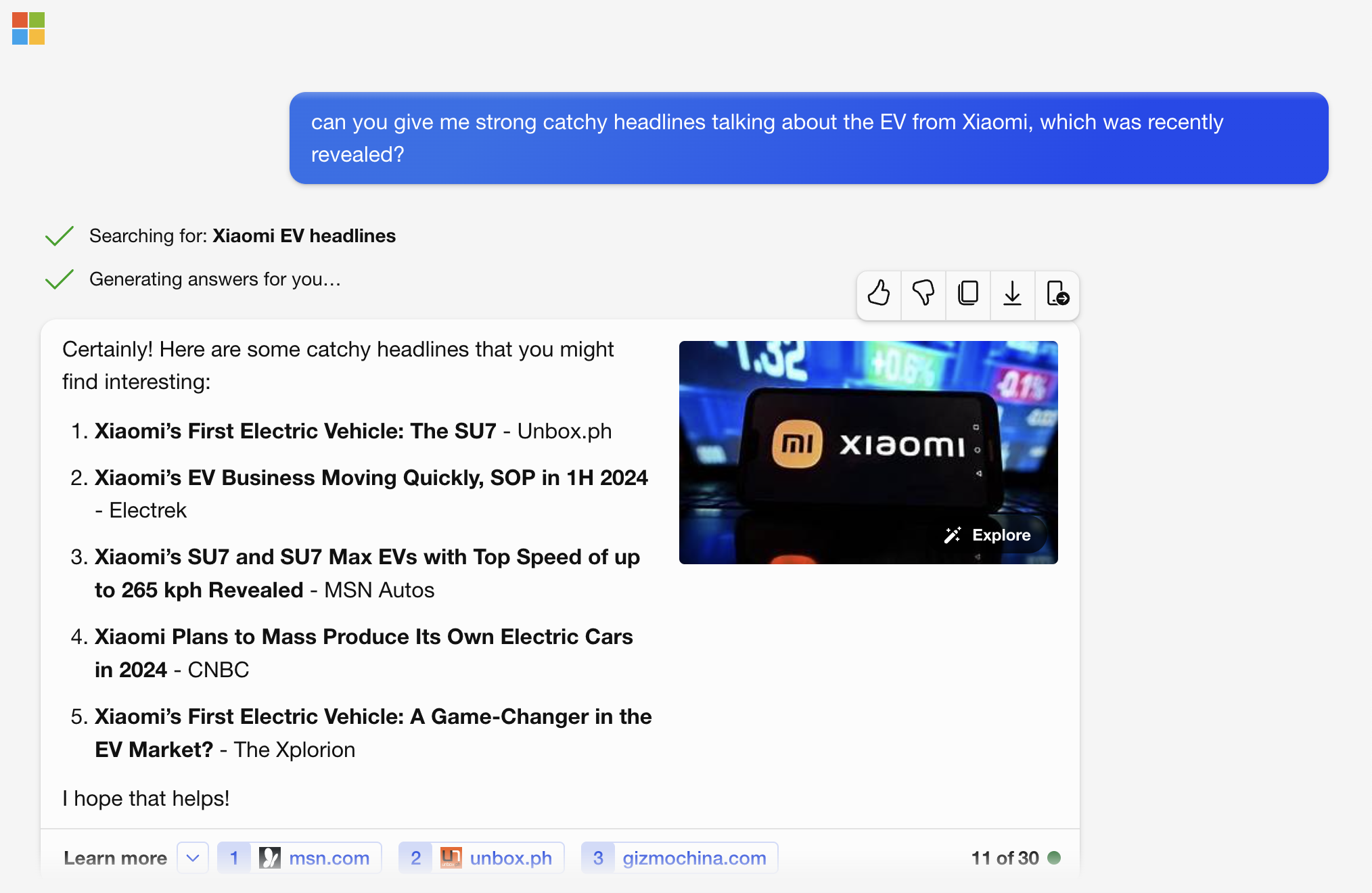
From what we experienced, Generative AI is better overall than the AI we know from years ago. Microsoft’s Copilot demonstration to select media outfits showed how it makes our lives easier when using Powerpoint, Word, and Excel. Canva has a similar approach with its AI-powered suite of tools that makes our lives easier when we create header images and social cards for Unbox.
NVIDIA’s AI-powered DLSS can increase frame rates at a higher resolution with supported games without using expensive hardware. The use of AI in managing audio, like AI noise reduction, made calls better for everyone. We expect to see more of Generative AI from NVIDIA and several tech brands at CES 2024.
Other tech brands have yet to prove the capabilities of their Generative AI models, and we think there are still other use cases that tech brands can explore beyond live transcription and being “smarter” personal assistants–yes, we’re looking at you, Google.
Generative AI has its fair share of issues. There are debates on its ethical use and how it threatens various fields like media and journalism, and there are issues regarding copyright infringement. All generative AI platforms have these problems–even ChatGPT is not immune to it.
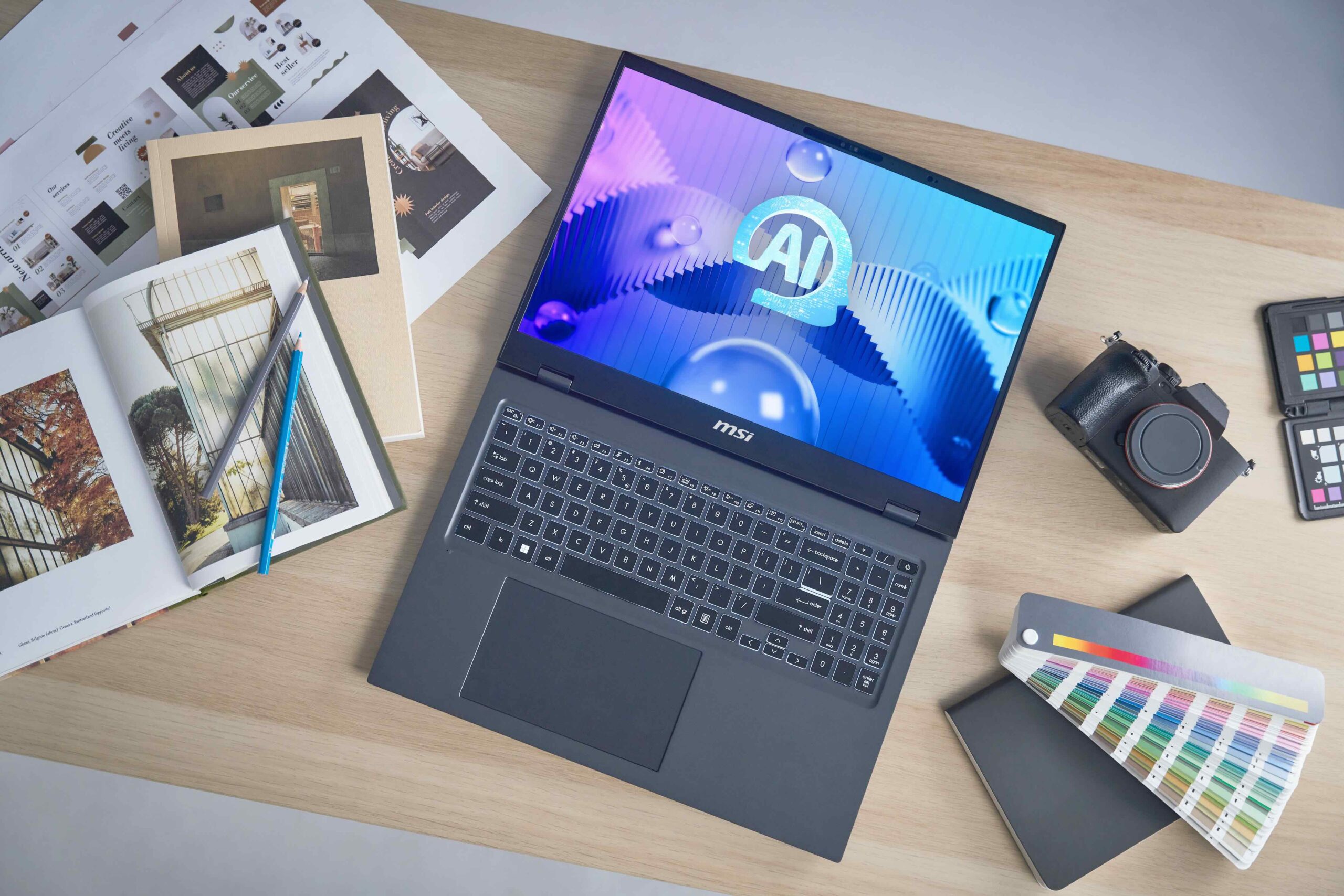
Comparing AI several years ago, Generative AI in 2024 has potential and feels less of a marketing fluff. Regardless if they debut their form of Generative AI tech at CES 2024 or at a later date, tech companies need to thread carefully in utilizing it properly before showcasing compelling use cases to consumers.



